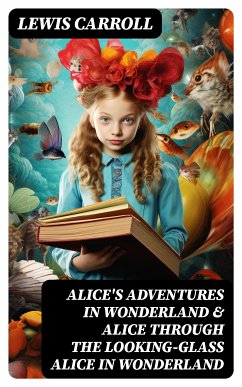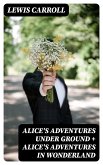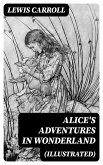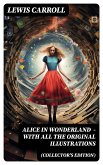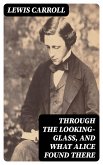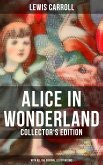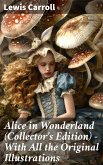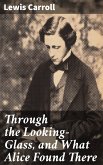Lewis Carroll's "Alice's Adventures in Wonderland" and its sequel "Alice Through the Looking-Glass" represent an extraordinary confluence of whimsy, philosophy, and the absurd. Set within a fantastical framework that transcends conventional narrative structures, Carroll employs playful language, puns, and vivid imagery to challenge the very principles of logic and reason. These tales introduce readers to surreal characters-the Cheshire Cat, the Mad Hatter, and the Red Queen-who invite both children and adults to reflect on identity, time, and transformation against the backdrop of a whimsical yet nonsensical universe. This unique literary approach, rooted in the Victorian era, also reflects the period's cultural exploration of childhood and imagination. Charles Lutwidge Dodgson, better known as Lewis Carroll, was a mathematician, logician, and a photographer, with a profound affinity for language and storytelling. His mathematical training and keen interest in paradoxes deeply influenced his writing. The creation of Alice, inspired by real-life Alice Liddell, was not only a playful narrative venture but also reflected Carroll's deep-seated desire to articulate the complexities of the human mind through a childlike perspective, thus bridging the realms of rationality and absurdity. "Alice's Adventures in Wonderland" and "Alice Through the Looking-Glass" are essential reads for anyone interested in the intersection of literature and philosophy. Carroll's tales enchant through their imaginative landscapes while encouraging a profound inquiry into the nature of reality and perception. This duality makes the texts timeless treasures, appealing to all ages and ensuring their place as a cornerstone of English literature.
Dieser Download kann aus rechtlichen Gründen nur mit Rechnungsadresse in A, B, BG, CY, CZ, D, DK, EW, E, FIN, F, GR, H, IRL, I, LT, L, LR, M, NL, PL, P, R, S, SLO, SK ausgeliefert werden.

